eCommerce and retail are becoming more saturated by the day, making it increasingly difficult for brands to stand out and acquire new customers. As a result, many fashion brands are now focused on boosting customer loyalty in order to encourage repeat business from existing customers. But in 2023, it’s not enough to simply promote branded ads and discounts.
While traditional types of marketing may initially entice shoppers, building a band of dependable followers requires a little more magic. In this blog, we’ll detail what fashion and apparel retailers can do to make customers feel like they’re a part of your brand, along with tips and tricks to keep them engaged and satisfied.
Brand Loyalty in eCommerce
Customer loyalty happens when a shopper harbors an emotional attachment to a brand. When you can achieve that kind of connection, the loyal shopper will favor your brand for future purchases – even if competing retailers offer more convenience or better prices – because they trust that you will meet their expectations, be it through high-quality products or a stress-free and memorable shopping experience.
Brand loyalty is not only important for consumers, it should play a major role in retailers’ business plans. After all, nurturing existing customers is extremely cost-effective. The general rule is that it’s about five times more expensive to acquire new customers than to retain current ones. Existing customers also tend to spend more. According to research, 50% of loyal shoppers are more likely to try new products and spend 31% more, on average, compared to new customers.
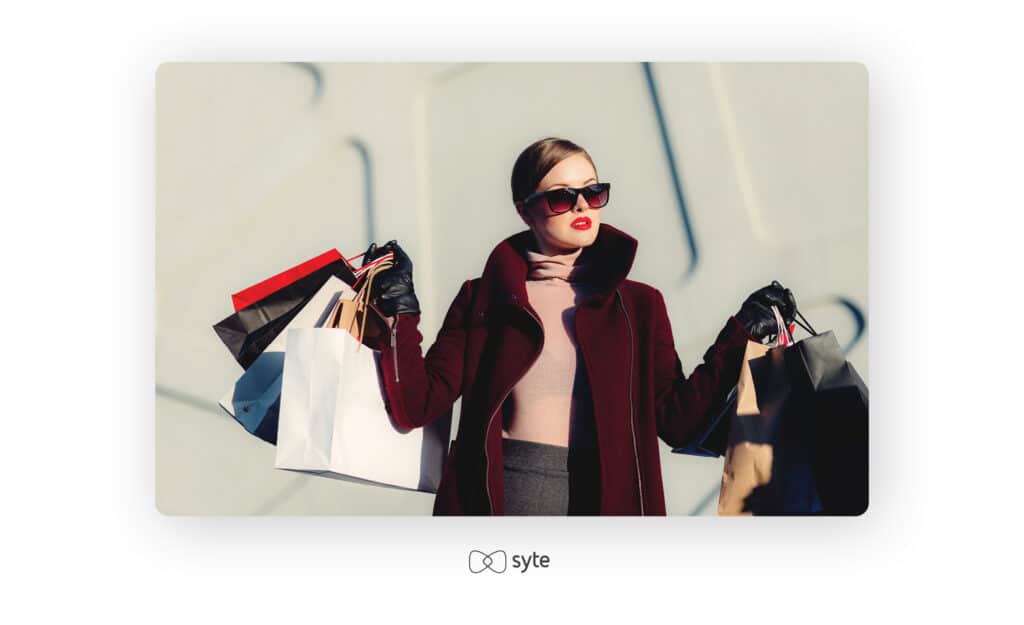
Bottom line: Brand loyalty is absolutely something your retail company should aspire to build. It expedites company growth and ensures a strong return on investment, even when the economy is unpredictable and customers are more discerning about where their money goes.
What Fashion Retailers Gain From Loyal Customers
A base of loyal shoppers gives fashion brands the edge even when alternatives and choices are aplenty. When a shopper has an affinity for a company, it will take more than competitive prices and top-notch products to sway them. In fact, 37% of shoppers are willing to spend more on a brand they like even when there are cheaper options elsewhere. Committed customers can even feel guilt when purchasing products from competing brands – 12% said doing so feels like cheating. This shows how important it is to build solid relationships with your customers. If that’s not enough, here are two more important reasons to prioritize customer retention:
Brand loyalty is a marker of company success
Consumers spend more time and money on brands to whom they’re loyal. As such, the impact of a sizable number of frequent shoppers translates to certain success metrics. Loyal customers can achieve increased numbers in average order value, average revenue per user, customer lifetime value, and conversion rates. Hitting these targets can provide brands with resistance to economic challenges like inflation and recession that force shoppers to become more cautious with their spending.
Brand loyalty results in organic recommendations
Loyal customers won’t keep their positive experiences to themselves. Instead, they will spread the word. At least 62% of customers will recommend a brand to a friend after receiving great service. Further, 77% will recommend a brand to a friend after just a single positive experience.
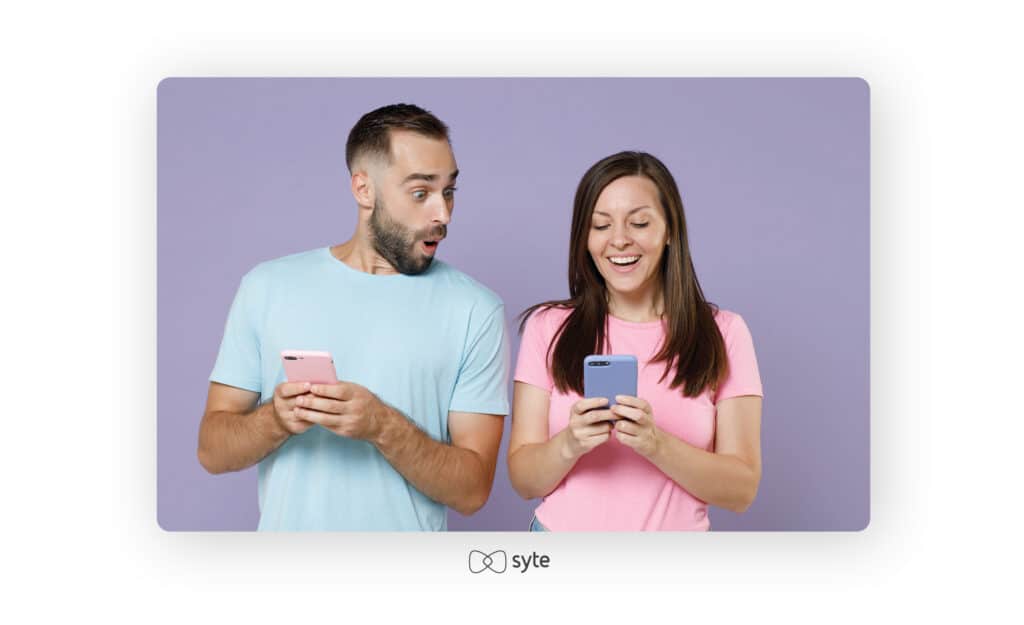
Your advocates are also much more likely to successfully sway others compared to branded advertisements. An overwhelming 92% of customers trust suggestions from people they know over the 34% that trust the brands they use.
Of course, the chain continues when new customers who originally heard about your fashion brand through word-of-mouth also have a positive experience. Then, they too are likely to become advocates. So, how can you build this kind of loyalty? That’s our next topic of conversation.
What Drives Customers to Stick with Fashion Brands
When shoppers find a company that delivers on their expectations, they return for more positive experiences. Here are four popular things fashion shoppers are looking for in order to become steadfast supporters of retail companies:
Data security
A secure online shopping experience is extremely important to consumers today. They want companies to be transparent about data usage and ensure their safety online. Shoppers will steer clear if they feel you’re not worth their business. In fact, 81% will refuse to purchase from a brand that they don’t trust and 89% will disengage from a brand that breaches their trust.

Emotional connection
Customers can return for a myriad of reasons. They might like the convenience of mobile shopping, the reasonable prices, or an abundance of clothing and accessory choices that fit their style. All these are outweighed, however, by emotional attachment. When brands deliver a positive experience that fosters feelings of fondness, the chance of repeat purchases skyrockets. According to a survey of more than 19,000 customers in the U.S. and UK, emotional connection was the biggest driver of value – accounting for 43% of business value – far outweighing product features, which came in second at 20%.
Shared values
Today’s customers place a high value on social causes. Reports of unfair or unlawful practices can easily cause consumers to leave brands they previously liked. Meanwhile, shoppers will gladly support companies that advocate for causes that are important to them. In fact, a whopping 90% said they’d stay loyal to a brand if it shares similar values to their own.
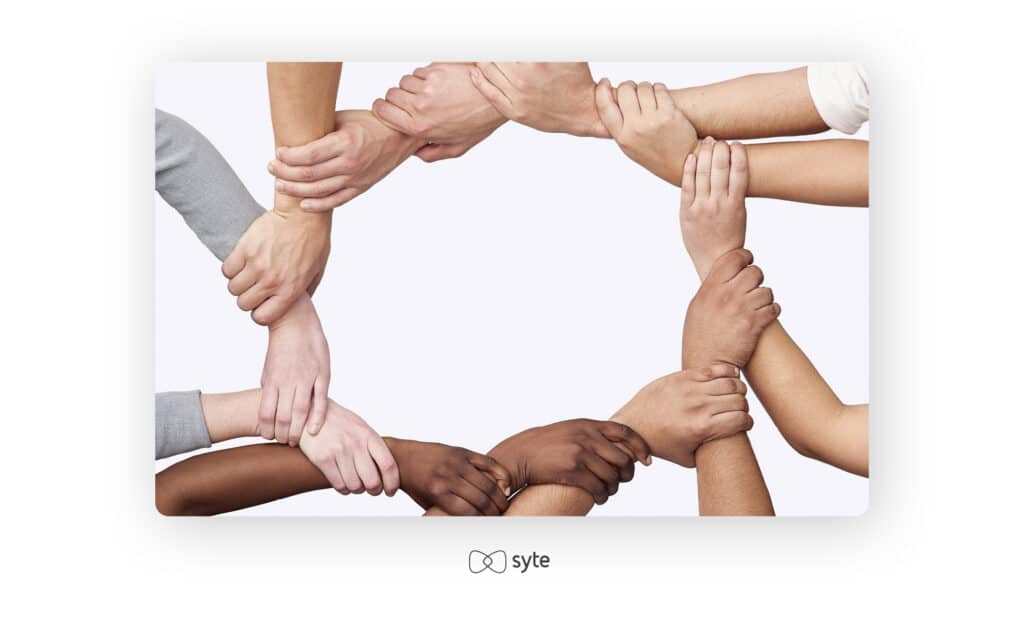
Unique experiences and social interactions
Online shopping is convenient, but loyal shoppers are after more than just convenience to stick with a brand. If you are able to replicate the personalized experience of in-store interactions with shop assistants and provide an online community of like-minded users, this will give more value to your brand and your site.
The Challenge for Fashion Brands
After the gains of the last two years, the fashion industry is headed towards a slump, according to Business of Fashion and McKinsey & Company. Early 2022 felt like the fashion market was starting to find its feet, but after the macroeconomic and geopolitical tensions as the year went on, executives aren’t as optimistic. About 85% predict inflation will continue to challenge the market in 2023, and 58% believe that the disruptions in supply chains and energy will weaken the market. That’s not even considering the billions of dollars lost due to unnecessary friction in shopping, such as flawed checkout and website design.
This means that fashion brands will have to work even harder to win customers who are struggling with their budgets. While experts anticipate that higher-income households will be less affected, others will cut back their spending, especially on non-essential items like extra apparel. Customers are also likely to shop around before committing to a purchase. Almost half of them will switch to more affordable options and look around for discounts, given a chance.
Shoppers already struggle in trusting brands they used to buy from, due to issues such as misinformation, less-than-transparent data collection, and overexposure to branded content. They’re expected to be even more impatient when brands fail to meet expectations and, in the post-pandemic world, those expectations often place a higher value on the customer experience than the product itself. According to a recent survey, the top reason Americans of all ages would speak poorly about a brand was a negative customer experience, not a poor experience with a product.
10 Loyalty-Building Strategies for Fashion Brands and Retailers
Here are 10 important ways fashion brands can use technology to improve the customer experience and gain increased brand loyalty.
1. Provide multiple opportunities for product discovery
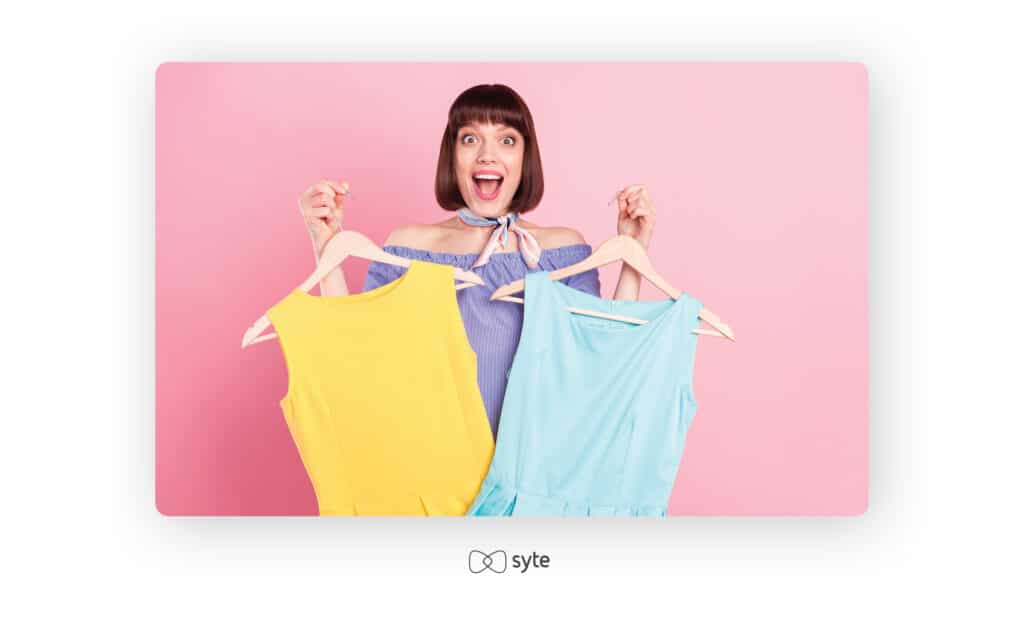
Customers like having choices, but having too many options can easily overwhelm them. So if your brand has many (thousands to millions) of SKUs, you should focus on making it easier for shoppers to find the perfect product as quickly as possible. AI-based technologies such as fashion image search and personalized product recommendation engines can pave the way for intuitive and continuous product discovery, even if an item is out-of-stock. To learn more about how to use AI in fashion, contact us for a demo.
2. Build a seamless on-site search experience
Nearly half of online shoppers across generations already feel the positive effects of automation. When applied to on-site search functions, the experience becomes even more seamless. With deep AI tagging, brands can surface items even when a shopper’s keywords are not an exact match to the tags listed in the product catalogue. This is critical for a number of reasons – it provides a better shopping experience with the most relevant search results and, importantly, it conveys a company’s understanding of the needs and expectations of its site visitors, which 66% anticipate. When you look after your shoppers’ needs and don’t let them sift through pages of irrelevant results, you communicate how important they are to you.
3. Stir customer imagination with inspired galleries
Customers don’t always know what they want or might only have vague ideas of what they’re after. With custom galleries, you can come up with looks that shoppers can replicate via direct links to the product detail pages. The collections can be organized according to occasion, promotions, styles, price points, and more. With these pages, you can prolong the time customers’ stay on your site, making them more likely to convert instead of dropping their browsing after 10-20 seconds. For example, take a look at the Tamaris website below. It has a dedicated Inspiration section where shoppers can choose to view looks according to occasions such as “casual weekend,” “festive moments,” “after work vibes,” and “winter warm-up.”
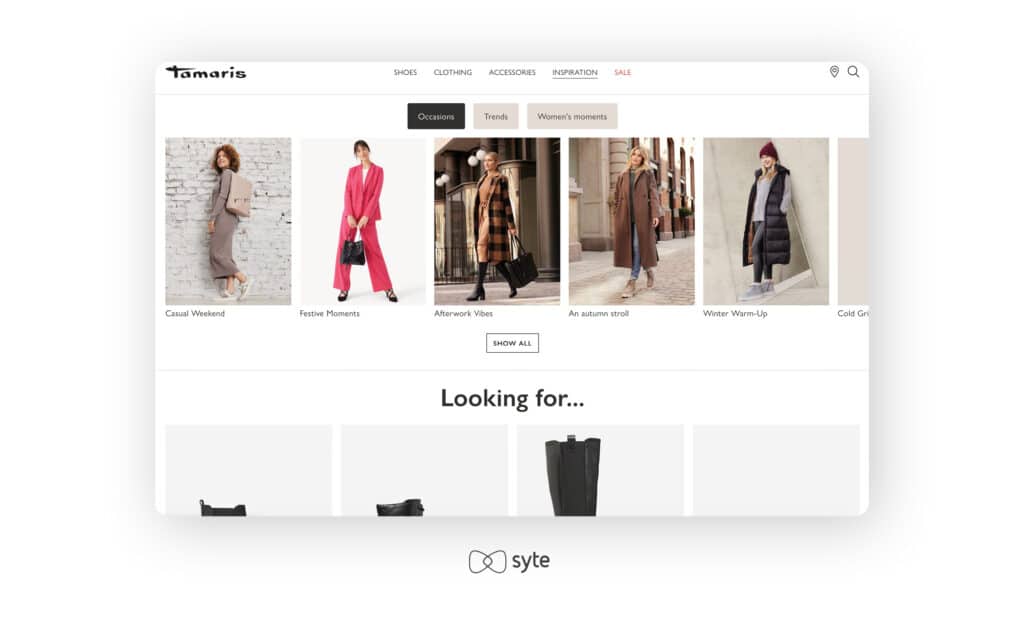
4. Connect customers to products they want with image search
Enable shoppers to find clothes they’ll love by uploading pictures they’ve snapped on their mobile phones directly to your website. AI-powered image search tools can quickly and accurately identify numerous granular details from a single photo, such as color, texture, shape, style, material, and occasion, in order to surface all of the visually similar items available from your product catalogue. At the same time, if shoppers are open to browsing different options, the visual search page can also serve as a platform for inspiration. For example, Pakistani clothing marketplace Laam has a dedicated page where shoppers can upload photos and search for visually similar results or view sample outfits from their social feed.
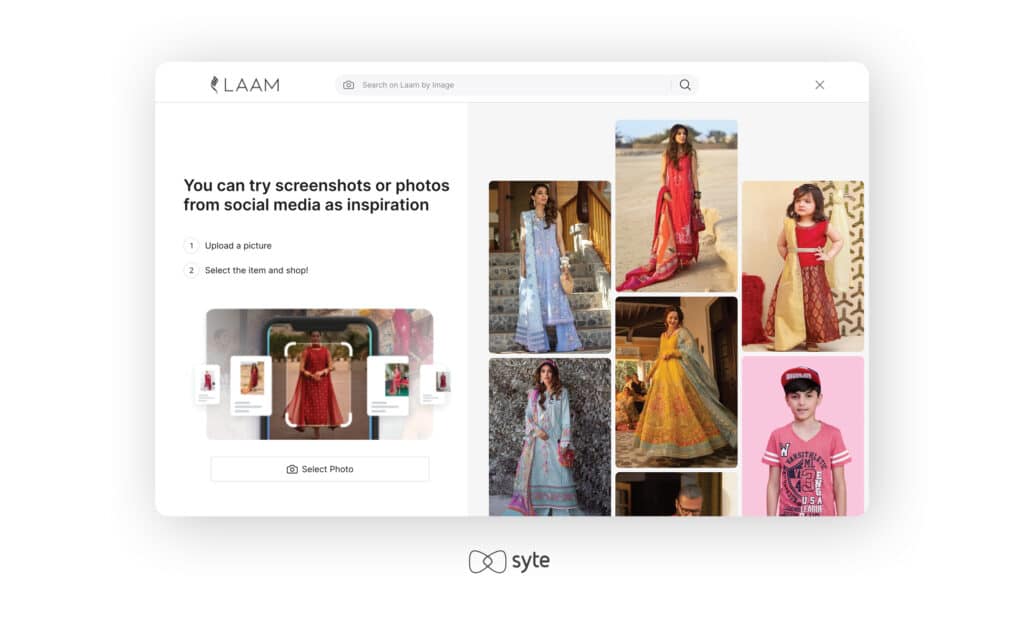
5. Replicate in-store concierge services with a product recommendation engine for eCommerce
Customers don’t have to navigate online shopping alone. Your website can function like an in-store shop assistant – or a friend – who can help customers zero in on products that fit their style. Product recommendation engines, which come in different forms and user interfaces such as “Shop the Look” and “Shop the Collection” carousels or “Shop Similar” buttons or banners, can surface highly personalized results using a combination of AI tagging, customer behavior, and intent for context. Venca does this with a selection of similar products under a product listing to give more options to browsers.
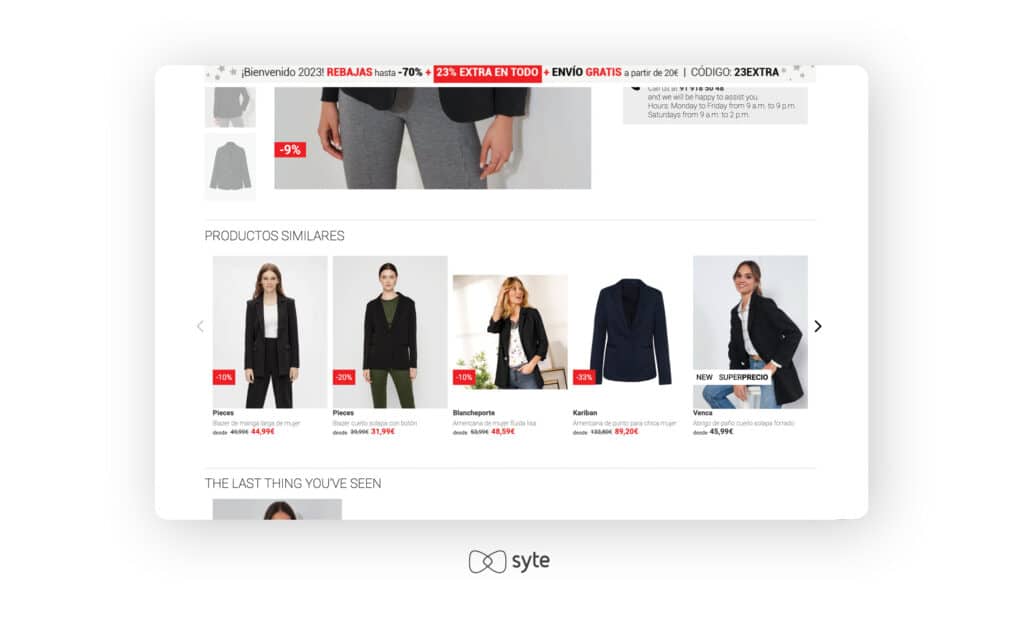
With loyal customers, on-target recommendations can also help to increase basket size so that shoppers purchase more items with every transaction, and they won’t hesitate – eight of 10 people will go out of their way to spend more money with brands they love.
6. Make sure customer service is up to the task
Shoppers might be more comfortable with online shopping in the post-pandemic era, but that doesn’t mean they won’t have questions or comments that need to be addressed. You need to be able to assist them whenever they need it, from product discovery all the way to delivery. Excellent customer service makes a big difference in gaining loyal customers. An overwhelming 93% make repeat purchases after positive experiences with customer service. This makes it extremely important to provide as much information upfront as possible, and to offer different ways for customers to be in touch should they need it. For example, you should make it clear how long deliveries will take, what your return policy is, and how to track orders. In addition, you can offer a customer service phone hotline, chatbot, and email, so that every customer has a way that’s comfortable for them to reach out.
7. Offer loyalty programs that keep customers coming back
Brands can develop their own gimmicks to encourage membership into their loyalty programs. It can be point-based, game-based, or tiered, among others. Membership can encourage more purchases, so it pays to let customers know the perks they’re earning and how they can redeem deals and incentives in clear terms. For Dynamite Clothing, the loyalty program is tiered, with birthday gifts, exclusive offers, free shipping, and more available to its members. Paid memberships also encourage more spending and stronger relationships. For example, 62% of consumers spend more money on a brand after signing up for a paid loyalty program.
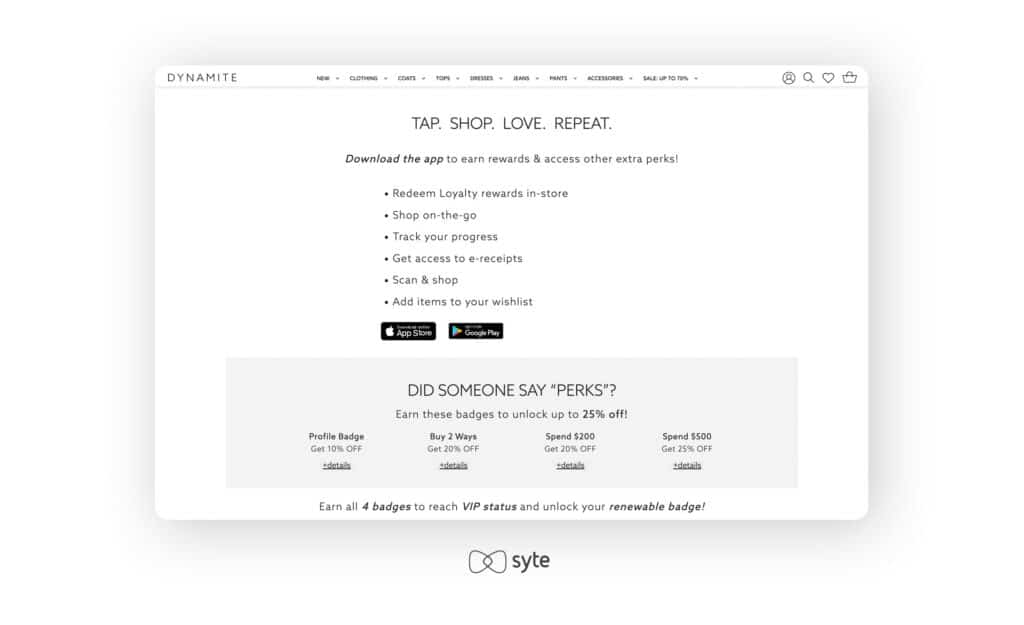
8. Support a cause, but be authentic
Today’s fashion shoppers are becoming more socially conscious. A 2021 McKinsey survey found that 80% of US consumers said that sustainability matters when they’re choosing a fashion brand to shop from. Luisaviaroma’s LVRSustainable movement, which aims to build a community supporting conscious fashion, draws in customers who are concerned about the planet and its people.
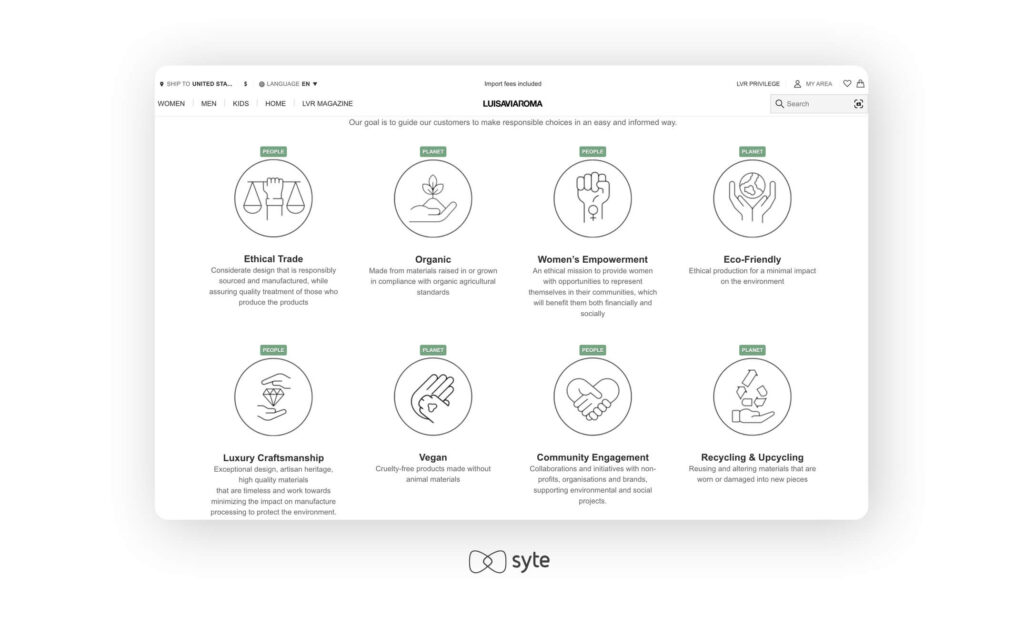
A word of caution though: Shoppers are quick to call out companies who openly support causes but have practices that go against their advocacy. McKinsey & Co. predicts that tackling greenwashing will be among the prevailing themes in the fashion industry by 2023.
9. Optimize the mobile experience
Despite the popularity of smartphones today, not every brand has an optimized mobile app or website, leading to poor customer experiences. This is a serious missed opportunity. After all, push notifications have been found to increase app engagement by 88%. When your site or app is responsive on mobile, you can support more frequent and successful customer journeys. Brands like Ardene offer all the functionalities available on their desktop website through their mobile app, making it easier to shop on the go.
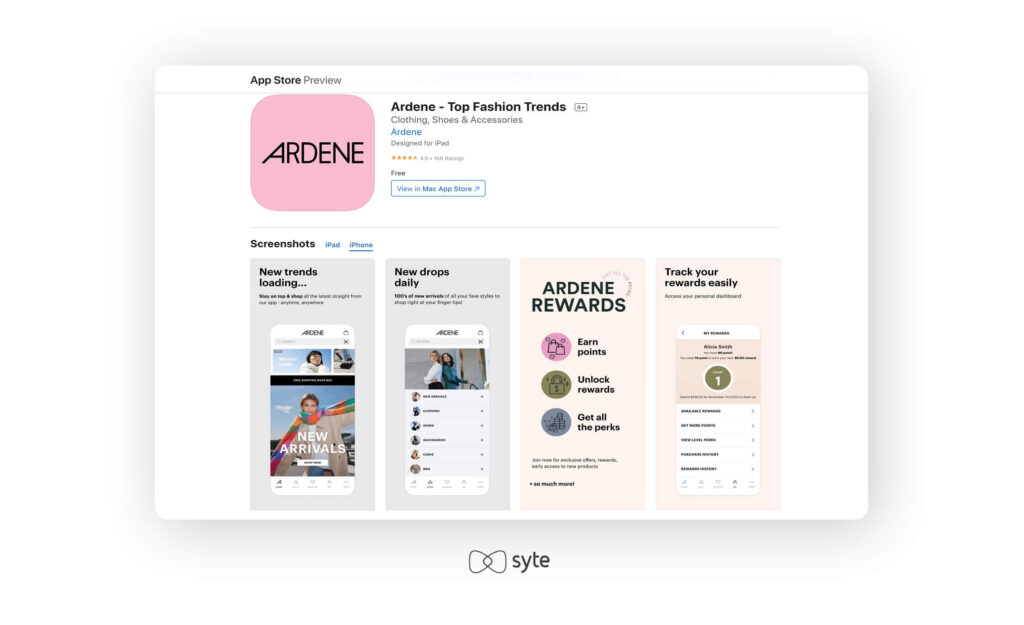
10. Reach out to customers in a way that feels personal
How do you make customers think of you even when they’re not on your website or mobile app? You reach out, be it through email, sms, social media, or other means. Shoppers appreciate it: 72% actually expect companies to initiate personalized communication. One great option available through Syte is personalized email recommendations that can offer similar items when shoppers abandon their carts or notifications when there’s been a price drop, among other use cases. AI in the fashion industry can personalize the experience and strengthen brand-customer relationships through timely emails.
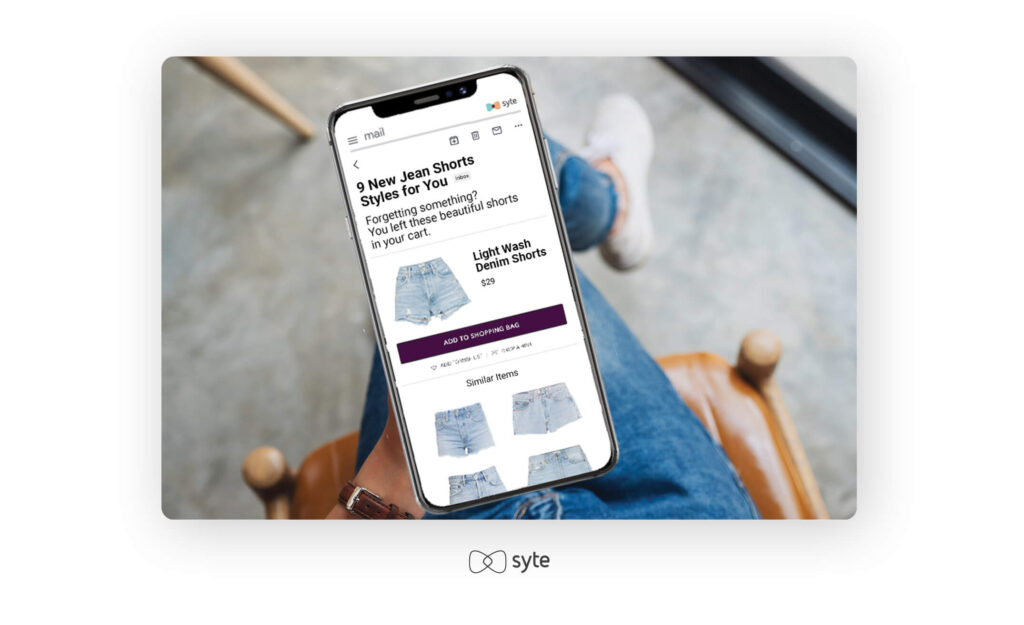
Focus on Brand Loyalty to Thrive in 2023
The fashion industry may face a turbulent future with a saturated market, but brands can still win loyal customers to ensure continuous growth and revenue. More than price strategies and product quality, companies can prioritize delivering smooth, positive experiences that impact customer retention. Memorable customer journeys powered by AI in the fashion industry speak to customers’ emotions as they convey understanding and anticipate needs. In such an unpredictable economic climate, brands can also be more cost-effective in directing more efforts toward gaining loyal consumers than customer acquisition.